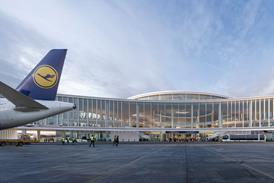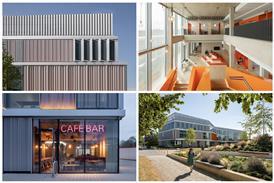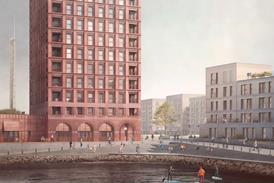- Home
- Intelligence for Architects
- Subscribe
- Jobs
- Events

2025 events calendar Explore now 
Keep up to date
Find out more
- Programmes
- CPD
- More from navigation items
Check your (cycle) privilege

We need to start designing cycling infrastructure for disadvantaged communities, writes Tim Burns
Urban design, including how we design neighbourhoods, streets and buildings, is not neutral. Our decisions and actions can either perpetuate or reduce inclusion, and therefore act to reduce or increase inequity.
Cycling, and transport policy more broadly, has for too long served the needs of people who are likely already to be privileged in society. For example designing a cycle track to the city centre is proportionally more likely to benefit those who work in the city, are often on higher incomes and are more likely to have existing transport options to get to work. Financially supporting people in work and on higher wages to buy a bike through the government’s cycle to work scheme while excluding people not in employment or who are on low wages also reinforces inequity.
Most people in the UK do not cycle but the proportion is significantly higher among women, disabled people, people at risk of deprivation, people from ethnic minority groups and people aged over 65.
…
This is premium content.
Only logged in subscribers have access to it.
Login or SUBSCRIBE to view this story

Existing subscriber? LOGIN
A subscription to Building Design will provide:
- Unlimited architecture news from around the UK
- Reviews of the latest buildings from all corners of the world
- Full access to all our online archives
- PLUS you will receive a digital copy of WA100 worth over £45.
Subscribe now for unlimited access.
Alternatively REGISTER for free access on selected stories and sign up for email alerts






